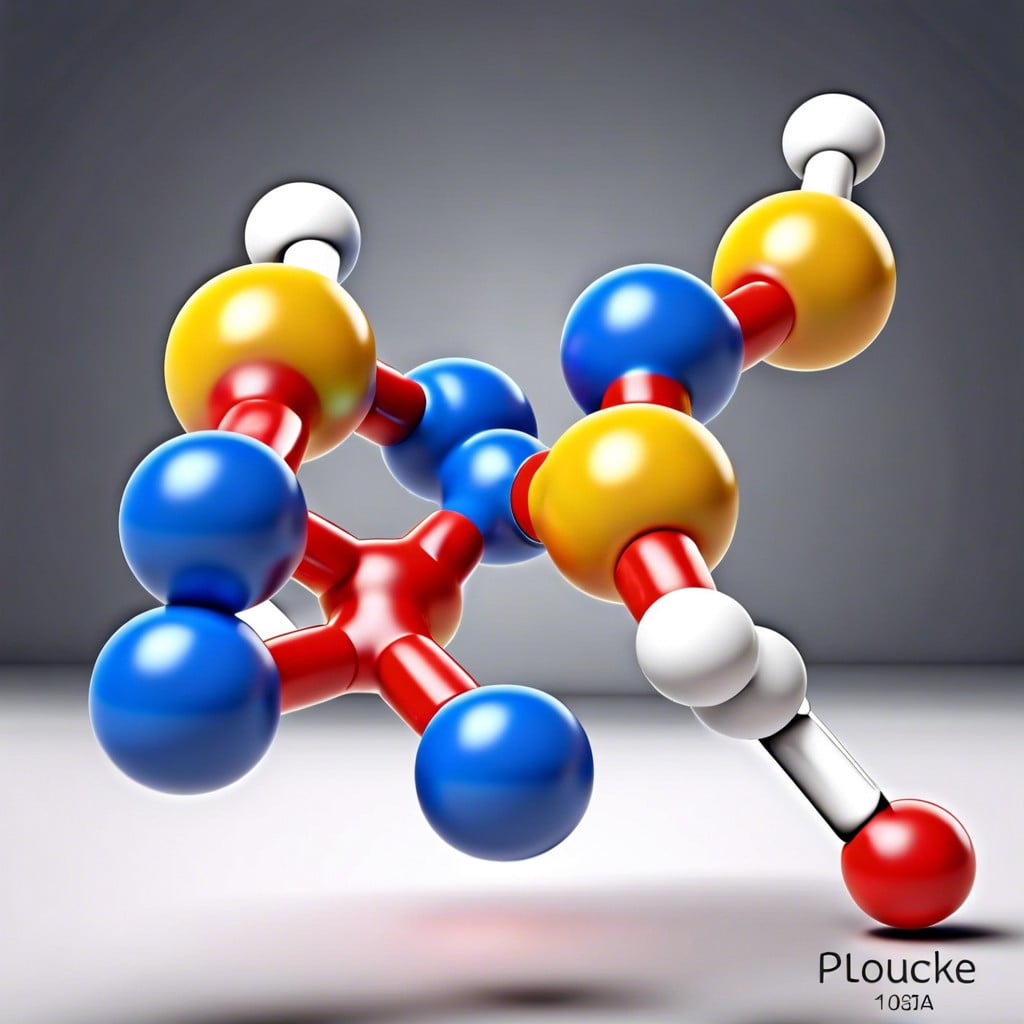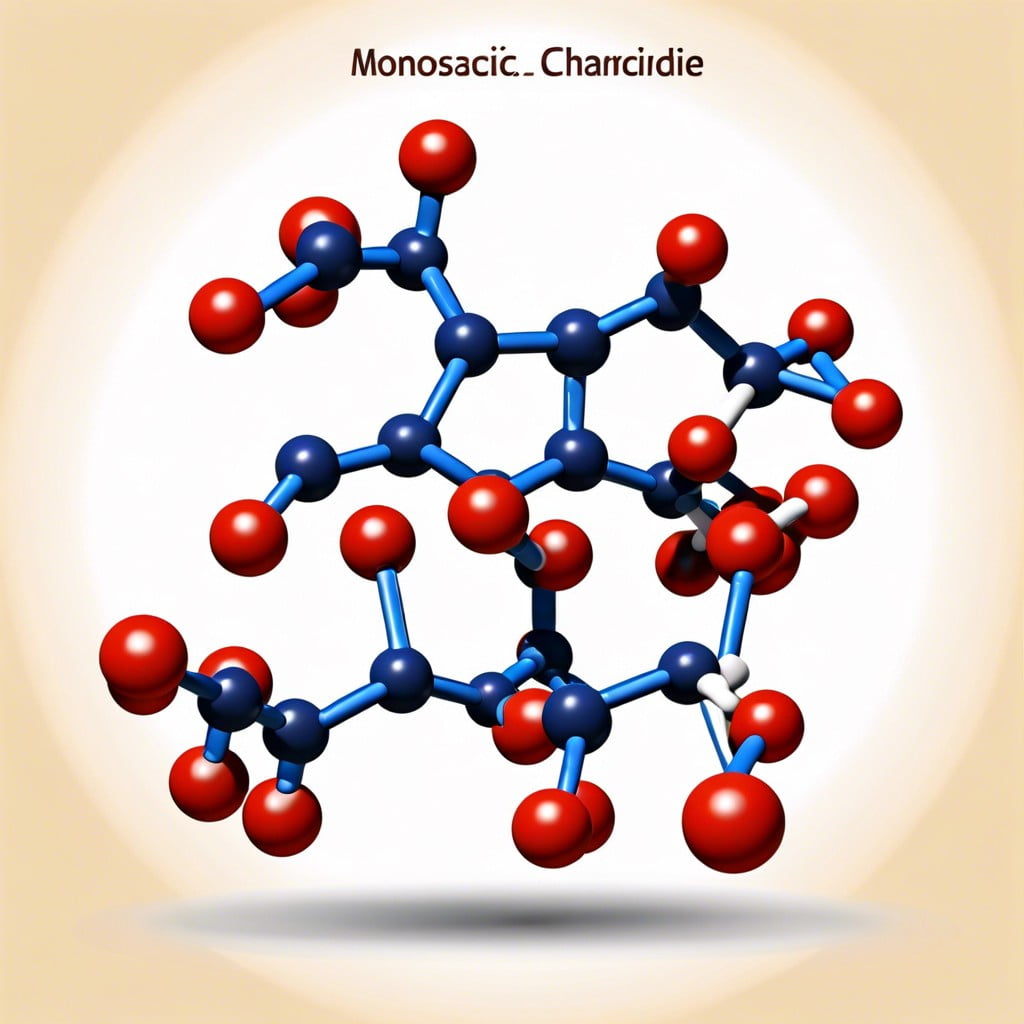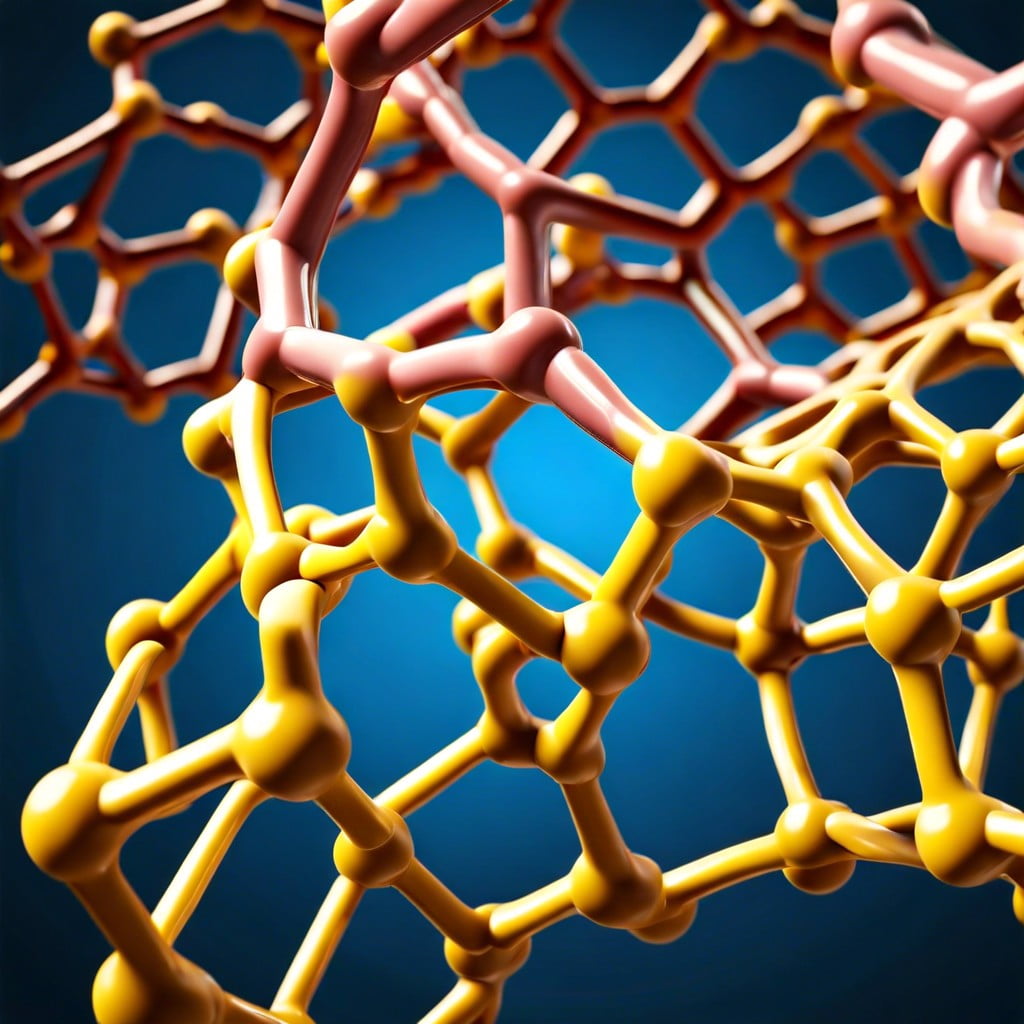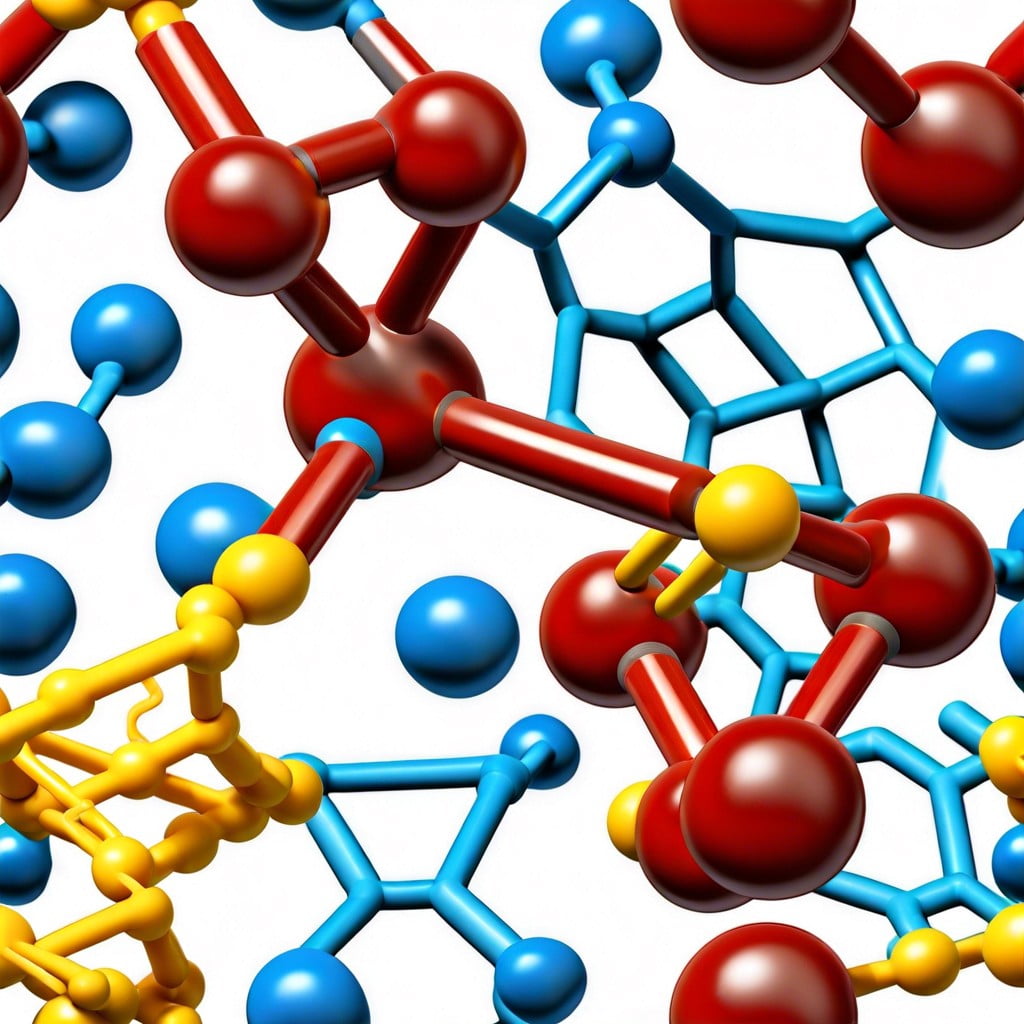Learn about the polymer of glucose and how this sugar molecule’s chain reaction creates essential materials for various applications.
Key takeaways:
- Starch is a versatile plant-based polymer used for energy storage and various applications.
- Glycogen acts as the body’s energy reserve and aids in muscle recovery.
- Glucose polymers in supplements provide sustained energy and hydration for athletes.
- Glucose polymers in sports drinks deliver steady energy during workouts.
- Cellulose is a strong and water-resistant polymer found in plant cell walls.
What You Will Learn
Starch
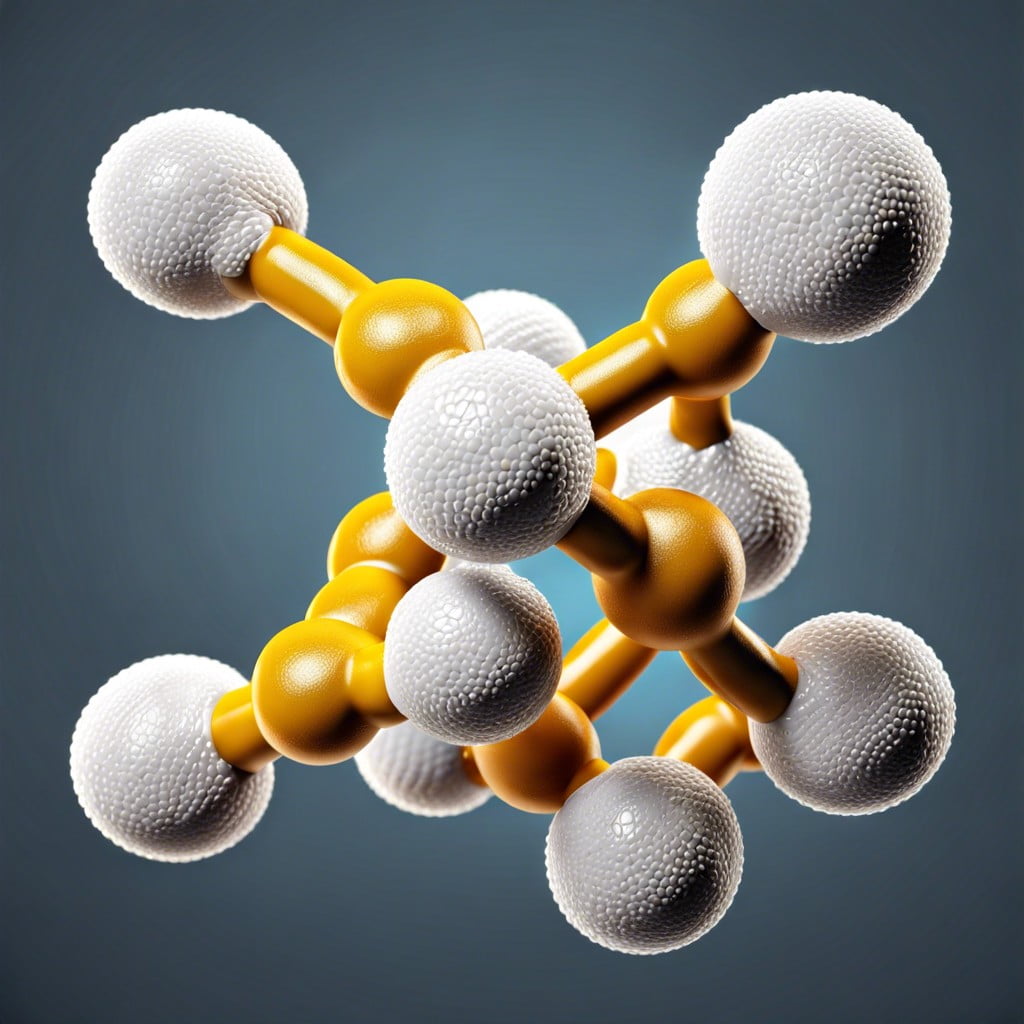
Starch is Mother Nature’s way of endowing plants with energy reserves. Think of it as a sort of botanical battery, storing glucose units that can be recharged with sunlight and discharged to fuel the plant’s needs. This polymer serves as the main form of carbohydrate storage in plants, neatly packed into grains that we often see in foods like corn, potatoes, and wheat.
When it comes to its structure, starch is not a one-trick pony—it consists of two types of molecules: amylose and amylopectin. Amylose, the simpler of the two, boasts a straight chain of glucose molecules, while amylopectin resembles a tree with branches, creating a vast network of glucose. Imagine a railway system: if amylose is the straight mainline track, then amylopectin is the sprawl of branching side tracks extending from it.
For humans, starch isn’t just a dinner plate staple; it’s a treasure trove of energy. As we eat starch-rich food, our bodies break down the glucose chains into single units that can be absorbed. This is akin to cashing in your chips at a casino, where each chip (starch molecule) gets converted into usable currency (glucose) for your body’s metabolic transactions.
This plant-based polymer isn’t only about powering our bodies. It plays a pivotal role in industries, from serving as a thickening agent in sauces to being the silent hero in biodegradable packaging. In essence, starch is a versatile material that serves up energy and functionality in both the natural world and human innovation.
Glycogen
Glycogen serves as the body’s energy reserve, akin to a backup power source. Imagine it as nature’s way of providing us with a ‘break glass in case of emergency’ energy kit. It’s stored primarily in our liver and muscles, ready to spring into action when we need a quick boost—like sprinting to catch a bus or powering through the final minutes of a workout.
Its structure is similar to starch, but think of glycogen as having more branches, resembling a tree with numerous twigs. These branches are handy for rapid energy release. When your body needs energy, enzymes break the glycogen down into glucose, which is then sent into the bloodstream, offering a rapid shot of fuel.
What’s truly fascinating about glycogen is its dual role. Not only does it provide immediate energy, but it also works as a muscle recovery agent after exercise, helping repair the little tears caused by a strenuous routine. This double-duty action is like having a personal energy restore button, conveniently built right into our own biology.
Glucose Polymers in Supplements
If you’ve ever zoomed through the sports nutrition aisle, you could’ve spied supplements boasting glucose polymers as a key ingredient. These are like your body’s own pit stop crew, refuelling you faster than a dated sugar cube would, especially during endurance events where your energy is as precious as daylight during a polar night.
Glucose polymers, mega-chains of glucose units linked together, break down more gradually than simple sugars. This ensures our muscles get a steady stream of energy, rather than a peak-and-crash scenario that could leave you feeling like a deflated balloon post sugar rush.
Taking a glucose polymer supplement is a bit like having a savings account for energy; you deposit your funds and withdraw them steadily, maintaining your expenditure without going into the red. Athletes love them because they’re gentle on the stomach, making it less likely you’ll feel like you’re on a rollercoaster while you’re trying to keep your pace steady.
Plus, these supplements can carry their weight in water, meaning they assist in keeping dehydration at bay, the bane of any athlete’s existence – imagine running a marathon in the Sahara with an empty water bottle!
In essence, glucose polymer supplements are the unsung heroes in an endurance athlete’s toolkit, quietly working behind the scenes to propel you towards your personal best without the drama of a sugar-induced soap opera.
Glucose Polymers and Sports Drinks
Ever hit the wall during a workout? That’s your body calling for an energy top-up. Enter glucose polymers in sports drinks. They’re like a pit stop for high-performance athletes.
These long chains of glucose units provide energy at a steady pace. Unlike simple sugars that might spike your energy and crash it just as fast, glucose polymers keep things smooth on the energy highway.
During intense physical activities, your body is like a machine in overdrive. It burns fuel rapidly. Sipping on sports drinks helps maintain fuel levels without overwhelming your digestive system.
Imagine these polymers as a convoy of fuel trucks, methodically releasing glucose. That way, your muscles get a constant supply, keeping your engine running at top speed without any hiccups.
So, while you’re out there giving it your all, glucose polymer-infused sports drinks work quietly in the background, ensuring your performance doesn’t drop. Think of them as your hidden support crew, cheering you on till the finish line!
Structure of a Cellulose Polymer
Cellulose is like nature’s building blocks, comprising long chains of glucose molecules linked together. Imagine a railway track, where each wooden sleeper is a glucose unit; they are all lined up in a row to form a sturdy structure. That’s how cellulose provides rigidity to plant cell walls, acting like the skeleton that keeps them upright.
These glucose units connect through oxygen bridges—picture a handshake where oxygen is the hand joining two glucose molecules. This creates strong bonds that give cellulose its impressive resilience. In fact, thanks to these links, cellulose is tough enough to make cotton fibers and even the paper you jot notes on.
One of cellulose’s claims to fame is that it’s not just strong but also insoluble in water. When you toss a cotton shirt into a puddle, it gets wet but doesn’t dissolve away, right? This water resistance is a testament to those tight glucose bonds holding strong, come rain or shine.
Interestingly, while we humans can’t break down cellulose, some creatures have hit the jackpot. Take cows or termites; they have special bacteria in their guts that can digest cellulose, turning it into a valuable food source. It’s like having a built-in paper shredder in their stomachs, breaking down the tough cellulose into edible sugar buffet!
Through these points, you gain a glimpse of how this natural polymer stands as a cornerstone in the plant world and beyond. It’s tough, water-resistant, and if you’re a termite, it’s dinner.
Related reading:
